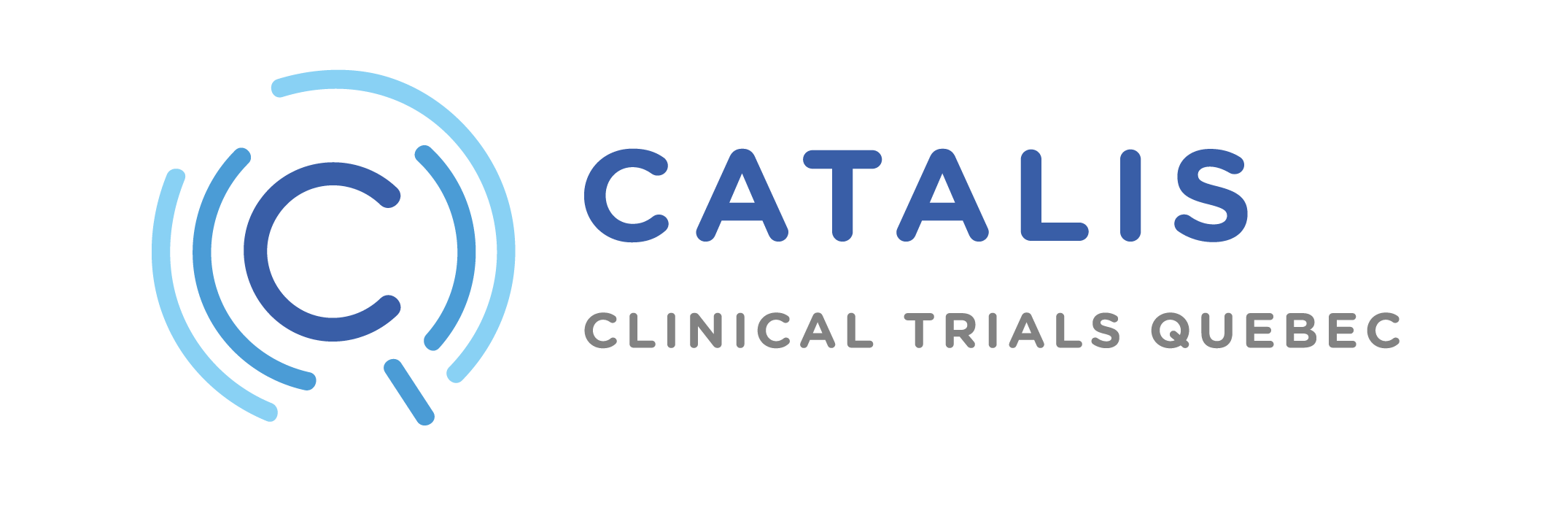COVID-19 and clinical trials : point of view of Luc Feldmann
In light of the exceptional situation surrounding COVID-19, CATALIS interviewed clinical research leaders in Quebec to find out their perspectives on the crisis and to look for ways to adapt. The following statements detail the point of view of Luc Feldmann, Director, International Centre of Therapeutic Research, Servier Canada.
Q. How do you think the COVID-19 pandemic will alter current and future clinical research, both internationally and here in Quebec?
The pandemic is creating a significant delay in the conduct of clinical studies. Recruitment has been put on hold; activities will resume very gradually since healthcare teams will be overloaded by all the patients who have postponed getting care and were unable to be treated during the crisis (e.g. heart attacks, strokes, cancers, etc.). However, a large number of clinical trial participants could also be recruited at that time. This applies to the whole world as well as here in Quebec, as we are most certainly fully integrated.
Ultimately, the crisis will create a delay in the submission of study files, licence applications, and authorizations. Delays of several months to a year are to be expected in some cases, as the time required to start up again needs to be taken into account. These are the collateral consequences of COVID-19, which is quite similar to the delays all patients have been experiencing in obtaining care during the crisis.
“Programs will undoubtedly be postponed or scaled down in response to the financial consequences caused by the pandemic.”
Start-ups are likely to be most affected as a result of the crisis, as their financing and the time investors spend on them are now limited. Large pharmaceutical companies regularly integrate small companies that, after developing products to the clinical development stage, do not have the financing to take the next steps in the process. These collaborations are typical in the industry and could be expanded once the pandemic is over, depending on how long it lasts. Should the crisis continue for more than a year, adverse effects could be felt by pharmaceutical companies that focus on innovation, as it will be delayed, and patients, who will receive less treatment because care will be harder to obtain.
Concerns about the quality of remote monitoring.
Another problem created by the crisis and isolation is a decrease in the quantity and quality of follow-ups. The number of reported adverse events will likely change, which could lead to a bias that makes results analysis and establishing drugs’ risk/benefit ratio over time more complex.
Follow-up visits with patients at home, by phone or even video-conference, cannot provide the same follow-up as those done at the clinic, nor can tests be performed. They are expensive, take more time, and produce only very moderate results in terms of the amount of information that can be collected without contact. Therefore, remote monitoring is not an ultimate or optimal solution. However, this experience has shown us that in certain circumstances, this service could be offered in the future for some non-interventional studies or for very specific parts of the follow-up, which would be clearly indicated in the protocol from the outset. The ability of our teams to work alone from home is also noteworthy, and it will provide us with more opportunities for recruitment locations and internal structuring.
“Consideration should be given to finding ways to better organize with better bridging systems and access to patients.”
Rethinking clinical research to prepare ourselves for another crisis.
As a result of the crisis, protocols could be reviewed to better prepare for a similar storm. Targets could be selected in a different way so that studies could still be conducted remotely.
Moving clinical research sites to non-hospital locations is one possible solution so that they can remain open during a future crisis. Potential contamination would be avoided by separating study subjects from regular hospital patients. Larger hospitals generally have a greater ability to manage this, and they have the means to offer such alternatives in some designated wings. As things stand today, these alternatives would not be easy to implement since hospital-based clinical research is fully integrated into the standard healthcare system; this integration is what makes this setting so compelling, particularly in regards to patient recruitment.
From another perspective, if during this crisis we have seen that public hospitals with higher capacity were very much in demand, we have also noticed that some small private centers were totally deserted, as they did not possess the specialized care structure to take in COVID-19 patients. As such, with many precautions applying to isolation in place, these services were able to continue, even for clinical research. Study visits, including those requiring examinations, were still completed, and the delivery of therapeutic units from the centers to the patients continued.
The crisis will change the type of clinical trials.
From a clinical standpoint, one of the effects of the crisis on clinical research is that real-life studies will likely be viewed as increasingly important. There already was interest in them, as the FDA and the EMA have produced guidelines to encourage companies to develop such studies. These trials are especially appropriate for very late phase, post-approval studies. These non-interventional studies, i.e., studying the drug in the approved conditions and indications, make it possible to collect a great deal of information in real-life situations. These new remote monitoring techniques could be used to follow-up on these people.
“The crisis has shown that real-life studies are conceivable, especially with the development of new remote techniques.”
The repositioning of molecules, i.e. the use of an “old” molecule for a new and entirely different indication, is a strategy that is already increasingly being used, but which will have been particularly tested during this crisis. In some countries, this option would extend data protection by three years, and even after the loss of the patent. While this isn’t a huge factor, some laboratories may find it worth considering. Safety studies will still need to be conducted, as doses and tolerability may differ from one clinical condition to another. The crisis will show that repositioning is a valid solution and will compel more companies to consider this strategy.
Q. How has the crisis affected patients?
Patients may be distrustful of anything to do with research because they will have heard too much about it but with very few concrete and quick results to show for it. After experiencing confinement and its resulting limitations, they may be less inclined to participate in studies that impose other restrictions.
Conversely, the pandemic may encourage more participants to enrol in studies so they can gain access to test drugs that may prove to be a solution without having to wait for them to be available on the market in a few years. The way people react may depend on their level of knowledge, their perception of research, and how it is presented to them: these are also issues we need to consider.
“If we don’t find a treatment or vaccine soon enough, people might question our ability to provide solutions.”
Q. How can we improve the way we conduct clinical research in Quebec?
CATALIS has a vital role in explaining and validating that harmonized solutions are positive for all clinical research community stakeholders. Following the same rule will speed up processes and improve both productivity and the possibility of participating. While health care institution research directors seem highly motivated to implement these new measures, clinical services will still have to be convinced they are useful; this will happen gradually, as more studies are conducted and these research programs become successful. Big changes happen when people are willing, but not forced, to make them. They need to be shown the benefits to their practices and productivity.
“You can’t coerce, you have to convince!”

